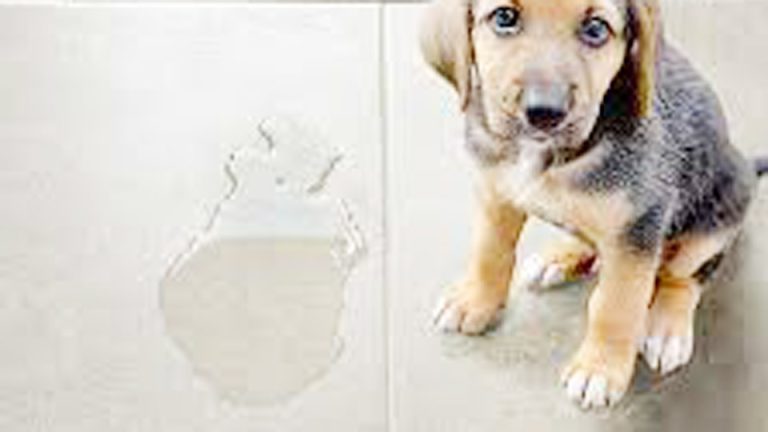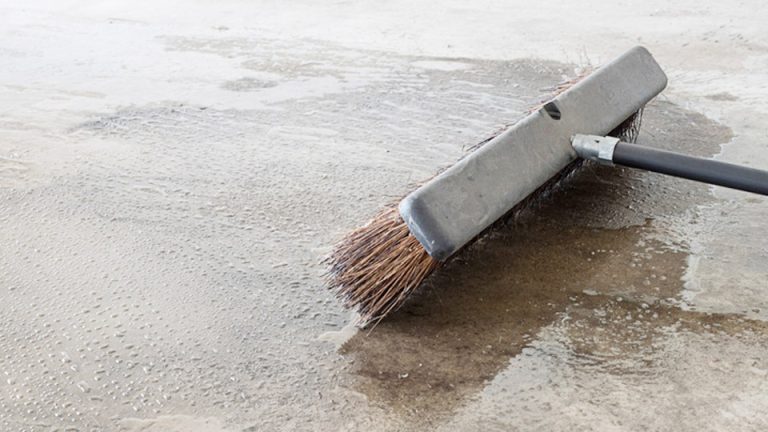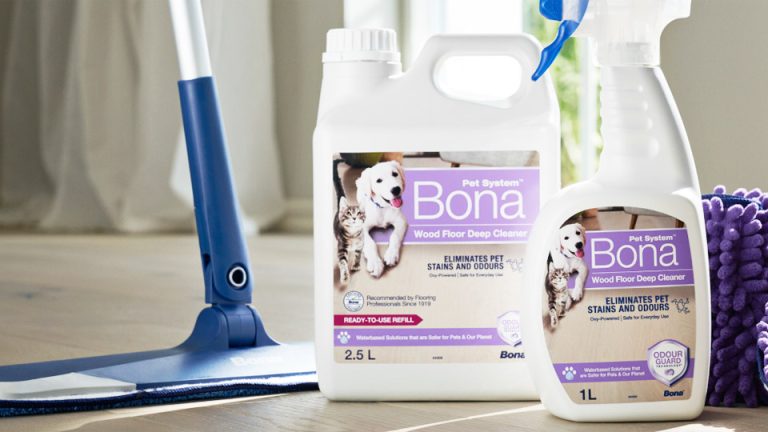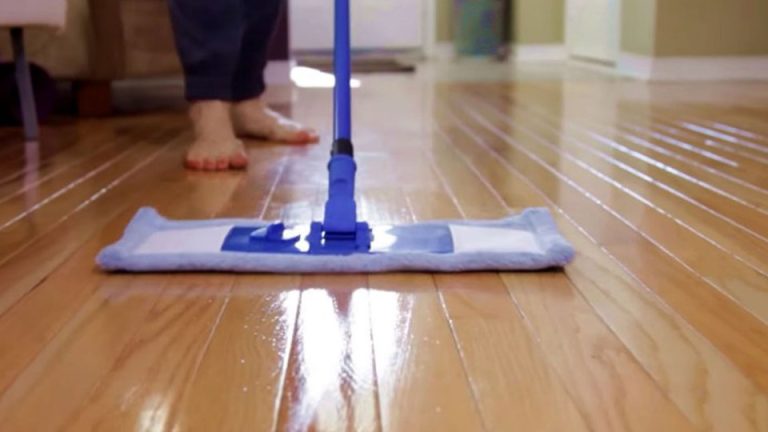When I first started cleaning my home, I relied heavily on store-bought products, thinking they were the only way to get sparkling floors. But over the years, I’ve learned that homemade floor cleaners can work just as well—if not better—without the harsh chemicals or strong smells like vinegar.
If you’re like me and love a clean, fresh home but want to skip the vinegar scent, you’re in the right place. My homemade floor cleaner for mopping without vinegar has become my go-to, and I’m excited to share my personal recipes and tips with you. These solutions are simple, affordable, and leave your floors gleaming.
As a busy mom and someone who’s been cleaning homes professionally for over a decade, I’ve tested countless cleaning concoctions. Some flopped, leaving streaks or sticky residue, but others? Absolute game-changers. I’ll walk you through my favorite vinegar-free floor cleaning recipes, tailored for different floor types, and share practical tips from my own experience to help you mop smarter, not harder.
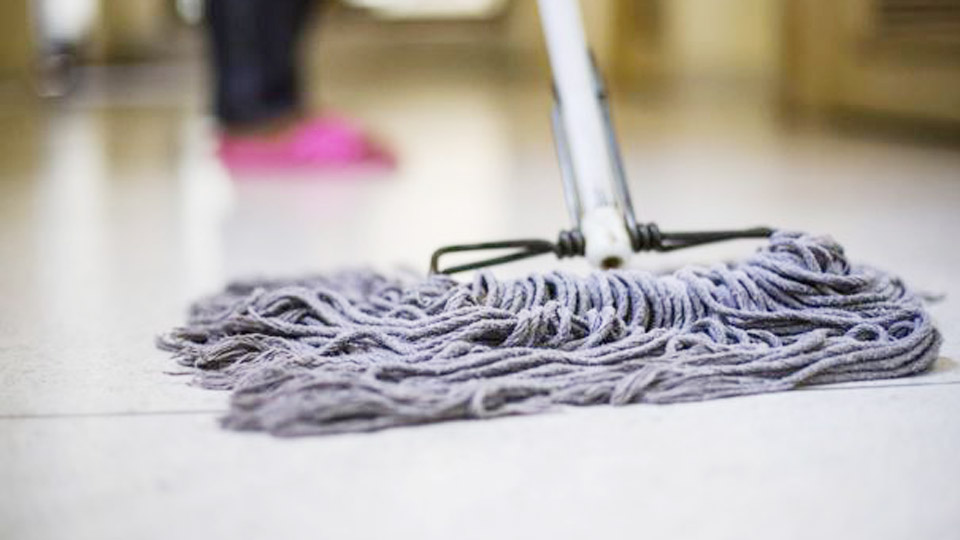
Image by clorox
Why Skip Vinegar in Homemade Floor Cleaners?
I used to love vinegar for its natural cleaning power, but the lingering smell drove me nuts. My kids would complain, and I’d catch myself opening windows even in the dead of winter. Vinegar isn’t always safe for certain floors like hardwood or natural stone—it can dull or damage them over time. After a few mishaps, like a slightly etched marble countertop, I started experimenting with vinegar-free alternatives that are just as effective but gentler on surfaces and noses.
These homemade cleaners use ingredients you likely already have in your pantry. They’re safe, budget-friendly, and customizable. Whether you’re dealing with tile, laminate, or sealed wood, I’ve got a recipe that’ll work for you.
My Favorite Homemade Floor Cleaner Recipes Without Vinegar
Over the years, I’ve perfected a few recipes that make mopping a breeze. These are my go-to solutions, tested in my own home and on clients’ floors. Each one is easy to mix, smells great, and gets the job done.
Recipe 1: Lemon and Dish Soap Shine
This is my absolute favorite for most floors, especially tile and laminate. The lemon adds a fresh scent, and the dish soap cuts through grease like nobody’s business. I discovered this mix when I ran out of my usual cleaner mid-mop and had to improvise.
Ingredients:
- 1 gallon of warm water
- 1 tablespoon of mild dish soap (I use Dawn because it’s gentle yet tough on grime)
- 10 drops of lemon essential oil
- Optional: 1 tablespoon of rubbing alcohol for extra streak-free shine
How to Make It:
- Fill a bucket with warm water. I find warm water helps dissolve dirt better than cold.
- Add the dish soap and stir gently to avoid too many bubbles. Trust me, too much foam makes mopping messy.
- Drop in the lemon essential oil. It’s not just for scent—it helps break down sticky spots.
- If your floors tend to streak, add the rubbing alcohol. It evaporates quickly, leaving no residue.
How to Use It:
Dip your mop, wring it out well, and mop in small sections. I always rinse my mop head every few passes to avoid spreading dirt. For stubborn spots, I dab a bit of the solution directly on the stain and scrub lightly with a soft cloth.
My Experience: The first time I used this, I was mopping my kitchen tile after a spaghetti sauce disaster. The lemon scent filled the room, and the floors looked so clean I could see my reflection. My husband even commented on how fresh the house smelled!
Recipe 2: Baking Soda and Castile Soap Power Blend
This recipe is my secret weapon for tougher messes, like pet paw prints or muddy footprints. Baking soda adds a gentle scrubbing action, while castile soap is plant-based and eco-friendly. I stumbled on this combo when cleaning a client’s vinyl floors that hadn’t been touched in months.
Ingredients:
- 1 gallon of warm water
- 2 tablespoons of liquid castile soap (unscented or peppermint work great)
- 1 tablespoon of baking soda
- 5 drops of lavender essential oil (optional for a calming scent)
How to Make It:
- Dissolve the baking soda in a small bowl of warm water first. It can clump if you add it directly to the bucket.
- Pour the baking soda mixture into your bucket of warm water.
- Add the castile soap and stir gently.
- Add the lavender essential oil if you want a soothing vibe while cleaning.
How to Use It:
Mop as usual, but focus on high-traffic areas. For really grimy spots, I let the solution sit for a minute before scrubbing with a soft brush. Rinse your mop often to keep it clean.
My Experience: I used this on a client’s vinyl floor that had years of built-up grime. It took some elbow grease, but the floors went from dull to dazzling. The lavender scent was a bonus—it made the whole house feel spa-like.
Recipe 3: Alcohol and Essential Oil Quick-Dry Mix
This one’s perfect for sealed hardwood or laminate floors that need a fast-drying cleaner. I came up with it when I needed to clean my dining room floor before a last-minute dinner party. It’s streak-free and dries in minutes.
Ingredients:
- 1 gallon of warm water
- ¼ cup of rubbing alcohol
- 1 teaspoon of mild dish soap
- 10 drops of orange essential oil
How to Make It:
- Fill your bucket with warm water.
- Add the rubbing alcohol and dish soap, stirring gently.
- Drop in the orange essential oil for a citrusy boost.
How to Use It:
Use a well-wrung mop to avoid over-wetting delicate floors. Mop in the direction of the wood grain for hardwood to prevent streaks. Dry with a microfiber cloth if needed.
My Experience: This mix saved me before a family gathering. My hardwood floors were spotless, and the orange scent made everyone think I’d been cleaning all day (when really, it took 15 minutes!).
Which Cleaner Works Best for Your Floor Type?
Not all floors are created equal, and using the wrong cleaner can cause damage. Here’s a quick guide based on my years of trial and error to help you choose the right recipe for your home.
| Floor Type | Best Recipe | Why It Works | Tips from My Experience |
|---|---|---|---|
| Tile | Lemon and Dish Soap Shine | Cuts grease and leaves a shiny finish without streaks. | Rinse your mop often to avoid spreading dirt. |
| Vinyl | Baking Soda and Castile Soap Blend | Tackles tough grime and safe for vinyl’s sensitive surface. | Test in a small area first; vinyl can be picky. |
| Sealed Hardwood | Alcohol and Essential Oil Mix | Dries quickly, preventing water damage, and leaves no residue. | Use minimal water and dry immediately with a cloth. |
| Laminate | Lemon and Dish Soap Shine | Gentle enough to avoid damaging the laminate’s protective layer. | Don’t over-wet; laminate can warp if soaked. |
| Natural Stone | Baking Soda and Castile Soap Blend | Non-acidic and safe for delicate surfaces like marble or granite. | Always dry thoroughly to prevent water spots. |
Always test a small, hidden area first, especially on new floors. I learned this the hard way when I accidentally dulled a client’s unsealed hardwood with a too-wet mop.
Step-by-Step Mopping Guide for Perfect Results
Mopping seems simple, but there’s an art to it. I’ve mopped hundreds of floors, and these steps make all the difference in getting that professional-level clean.
Sweep or Vacuum First: I always start by sweeping or vacuuming to remove dust and debris. Once, I skipped this step and ended up with gritty streaks all over my tile. Never again.
Mix Your Cleaner Fresh: I make a new batch of cleaner each time I mop. Old solutions can harbor bacteria, and I want my floors as clean as possible.
Use a Clean Mop: A dirty mop just spreads grime. I rinse mine thoroughly after every use and wash it in the washing machine monthly.
Mop in Sections: Work in small areas, about 4×4 feet, to avoid missing spots. I move furniture as needed to get every corner.
Rinse and Wring: Dip your mop in the solution, wring it out until it’s damp (not dripping), and mop gently. Too much water can damage floors or leave streaks.
Dry for Shine: For hardwood or stone, I follow up with a dry microfiber cloth to prevent water spots. It’s a small step that makes a big difference.
Empty and Clean Your Bucket: After mopping, I rinse my bucket thoroughly. A clean bucket means your next mop session starts fresh.
Early on, I’d rush through mopping and end up with streaks or missed spots. Slowing down and following these steps transformed my results. My floors now look like they belong in a magazine.
Common Mistakes to Avoid When Mopping
I’ve made plenty of cleaning blunders over the years, and I want to save you the trouble. Here are the biggest mistakes I see (and have made myself):
Using Too Much Cleaner: More soap doesn’t mean cleaner floors. It can leave a sticky residue that attracts dirt. I stick to the exact measurements in my recipes.
Skipping the Rinse: If you don’t rinse your mop regularly, you’re just pushing dirty water around. I rinse mine every few minutes.
Over-Wetting the Floor: Too much water can seep into cracks, especially in wood or laminate, causing damage. I wring my mop until it’s just damp.
Ignoring Floor Type: I once used a harsh cleaner on unsealed wood and regretted it. Always match your cleaner to your floor type.
Not Drying Delicate Floors: Stone and hardwood need a quick dry to avoid spots or warping. I keep a stack of microfiber cloths handy.
Why I Love Homemade Floor Cleaners
Switching to homemade cleaners wasn’t just about ditching vinegar’s smell. It’s also about control. I know exactly what’s in my solutions, so I don’t worry about harsh chemicals around my kids or pets.
I save money—those store-bought bottles add up fast. And the best part? I can customize scents with essential oils to make cleaning feel like less of a chore.
I remember the first time I mixed my lemon and dish soap cleaner. I was skeptical, thinking it couldn’t possibly match the fancy brands. But after mopping my kitchen, I was hooked. The floors were spotless, the house smelled amazing, and I felt like a cleaning superhero.
Practical Tips to Keep Your Floors Sparkling
Here are some extra tips I’ve picked up over the years to make your floors shine and keep them that way:
Mop Weekly: I mop high-traffic areas like my kitchen and entryway once a week. Less-used rooms can go every two weeks.
Spot-Clean Spills Immediately: I keep a spray bottle of my alcohol and essential oil mix for quick touch-ups. It’s a lifesaver for coffee spills.
Use Doormats: I have mats at every entrance to trap dirt before it hits my floors. It cuts down on mopping time.
Rotate Your Recipes: I switch between my cleaners to prevent buildup from any one ingredient. It keeps my floors looking fresh.
Invest in a Good Mop: I use a microfiber mop because it grabs dirt better than cotton and is easy to clean.
Encouragement for Your Cleaning Journey
Cleaning can feel overwhelming, especially if your floors have seen better days. But trust me, with these homemade floor cleaners, you’re already halfway to a sparkling home. Start small—try one recipe, mop one room, and see how it feels. I promise, once you see those clean, shiny floors and smell that fresh scent, you’ll be hooked. You’ve got this, and I’m cheering you on!
FAQ
What can I use instead of vinegar to clean my floors?
I love using dish soap, castile soap, or rubbing alcohol mixed with essential oils for a fresh, effective clean. My lemon and dish soap recipe is a great starting point—it’s gentle, smells amazing, and works on most floors.
Are homemade floor cleaners safe for pets and kids?
Absolutely, as long as you stick to non-toxic ingredients like the ones in my recipes. I use these around my kids and dog without worry. Just avoid ingesting essential oils and store your cleaners out of reach.
How often should I mop my floors?
I mop high-traffic areas weekly, like my kitchen and hallway. For bedrooms or less-used spaces, every two weeks works fine. It depends on how much dirt your floors see.
Can I use these cleaners on hardwood floors?
Yes, but stick to my alcohol and essential oil mix for sealed hardwood. It dries fast and won’t damage the finish. Always wring your mop well and dry the floor afterward.
Why do my floors look streaky after mopping?
Streaks usually come from too much cleaner or a dirty mop. I measure my ingredients carefully and rinse my mop often. Adding a bit of rubbing alcohol, like in my quick-dry recipe, also helps.
Can I store homemade floor cleaner for later use?
I prefer mixing fresh each time to avoid bacteria growth. If you must store it, keep it in a sealed container for up to a week and shake well before using. But honestly, fresh is best!


